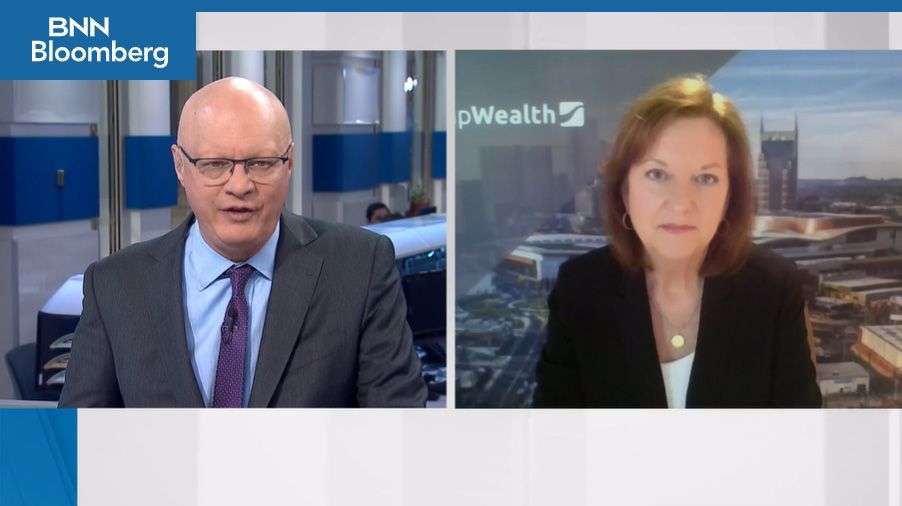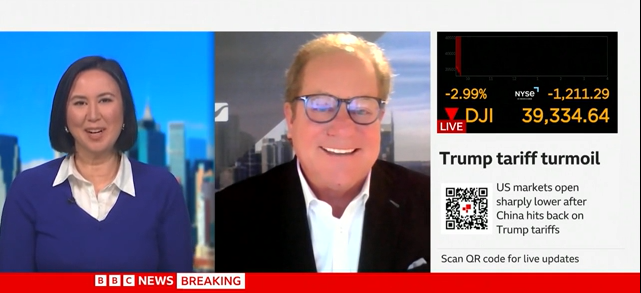4 things for investors to know about ETFs
September 25, 2015
Exchange-traded funds (ETFs) are a fairly new innovation in the world of investment products. Since the first ETF was introduced in 1993, ETFs have grown in number and popularity with all types of investors. But despite their growing prevalence, their two-decade-plus age and the fact that there is now more than $2 trillion in ETFs, many ETF investors aren’t actually sure what it is that they own.
Formally speaking, an exchange-traded fund is an investment company that tracks an index, a commodity, bonds or baskets of assets and whose shares trade intraday on stock exchanges at market-determined prices just like a common stock. At first glance, they look a lot like mutual funds. Mutual funds own baskets of stocks or bonds and individual investors are able to buy, sell or own fractional pieces of ownership (shares) in the fund. Similarly, ETFs offer investors a proportionate share in a basket of stocks, bonds or other assets in the same type of structure.
Originally it was thought that ETFs would be used by average investors who needed a less expensive way to diversify their assets, but over the years, more and more active traders and institutional managers have added ETFs to their portfolios. The largest holdings in some of the biggest hedge funds are now ETFs. This popularity means experienced and professional traders are accounting for an increasingly larger share of the trades in ETFs, which means they’re being catered to — and that could spell danger for the inexperienced investor.
Four things the average investor should know about ETFs:
Leveraged ETFs are just awful. Yes, awful. Leveraged ETFs use financial derivatives and borrowed funds to consistently amplify the returns of an underlying index. “Leverage” is such a seductive word — Donald Trump sure uses it a lot — and who doesn’t want to amplify their returns? If the return on stocks is say, 8 percent, wouldn’t it be great to make 16 percent with a 2x leveraged ETF? Just imagine these returns over a long period of time with the power of compounding. The charts look incredible!
So what’s the problem? The problem is that leverage, amplification and compounding all work both ways. They can take you upward fast and they can take you downward fast. Volatile markets can lead to big losses.
Choice isn’t always a good thing. There are about 1,600 ETFs available to investors today, and in that lurks some risk. There is an ETF for just about everything imaginable, and that has led to too many investors buying too many products they don’t understand and don’t need. Be strategic. Don’t buy an ETF that tracks an emerging-market currency index if you wouldn’t own those individual emerging-market currencies. Exotic doesn’t mean good.
ETNs are not ETFs. Similar to ETFs, ETNs track the market return of a basket of stocks, bonds or commodities. They have an expense ratio and are available for purchase alongside the common ETFs. However, ETNs are subject to solvency risk of the issuing company. If you have an ETN issued by a company that declares bankruptcy (remember the financial crisis?), you will be dealing with a bankruptcy court instead of redeeming your shares for par value.
With ETFs, don’t be early and don’t be late. It’s best to avoid buying or selling ETFs just after the market opens or just before the market closes. Before all of the underlying securities begin trading each day, market makers generally demand wider spreads to compensate for the price uncertainty, which means you won’t get the best price. And as the market day winds down, many market makers step back from the markets to limit their risk as they head into the close. Again, this means the spreads widen out, and prices can be distorted.
These warnings aren’t meant to deter investors from using ETFs in their portfolios. It’s just important that the average investor better understands this oft-misunderstood investment vehicle before jumping in. As is true for any investment, the sage advice and counsel of your financial adviser is always recommended.
Phoebe Venable, chartered financial analyst, is president and COO of CapWealth Advisors LLC.













